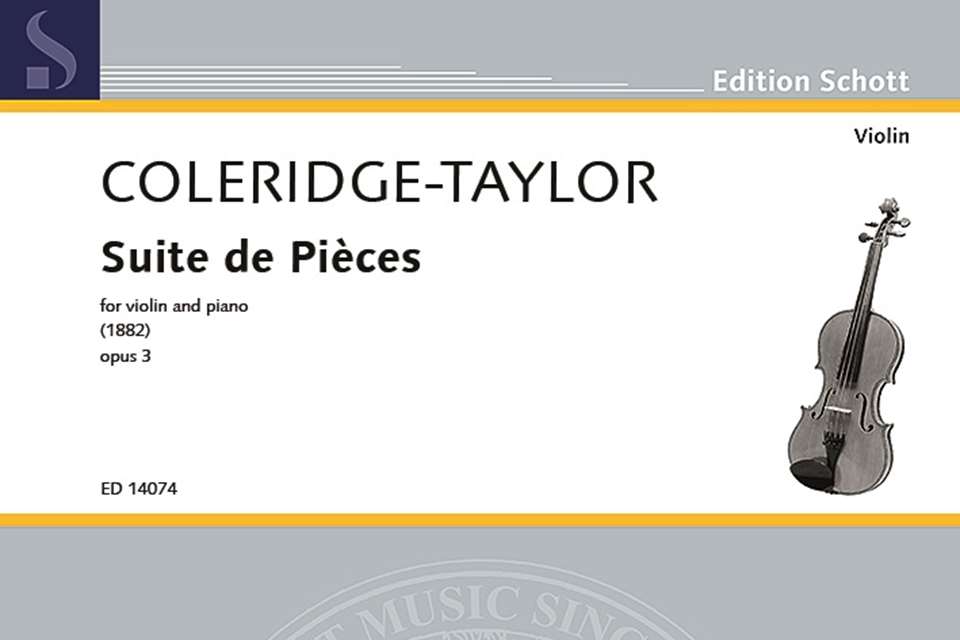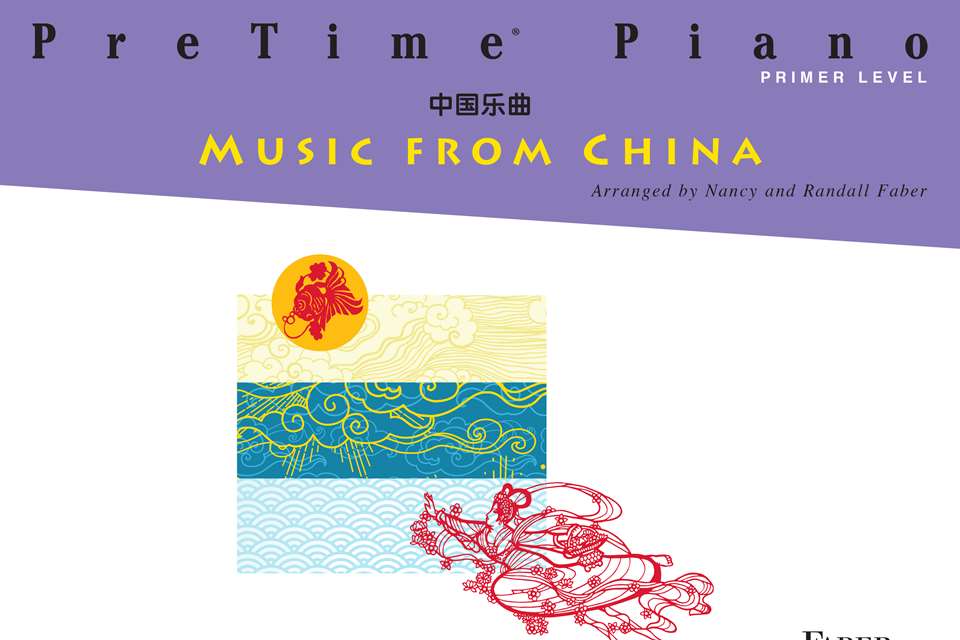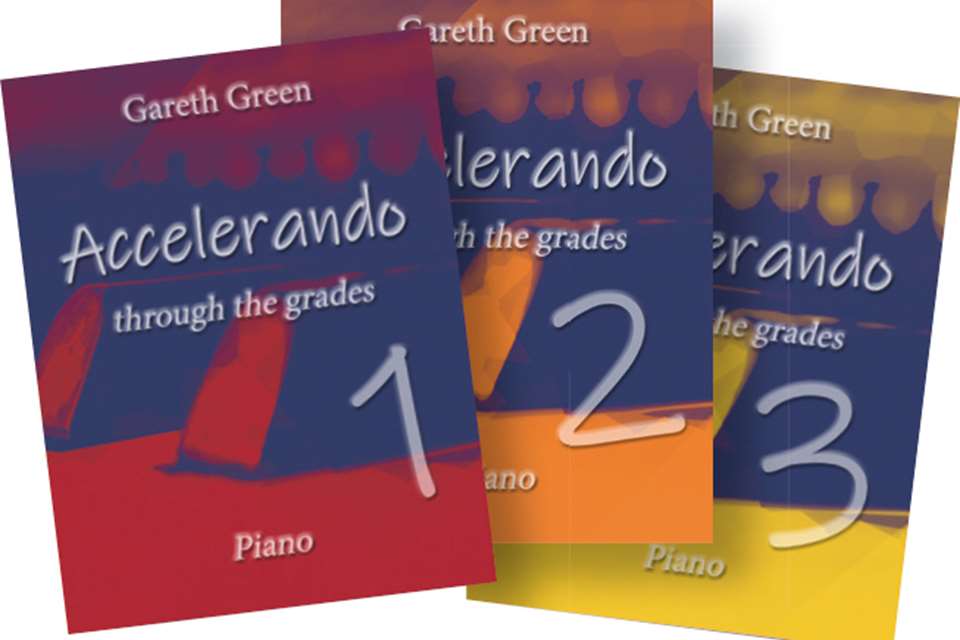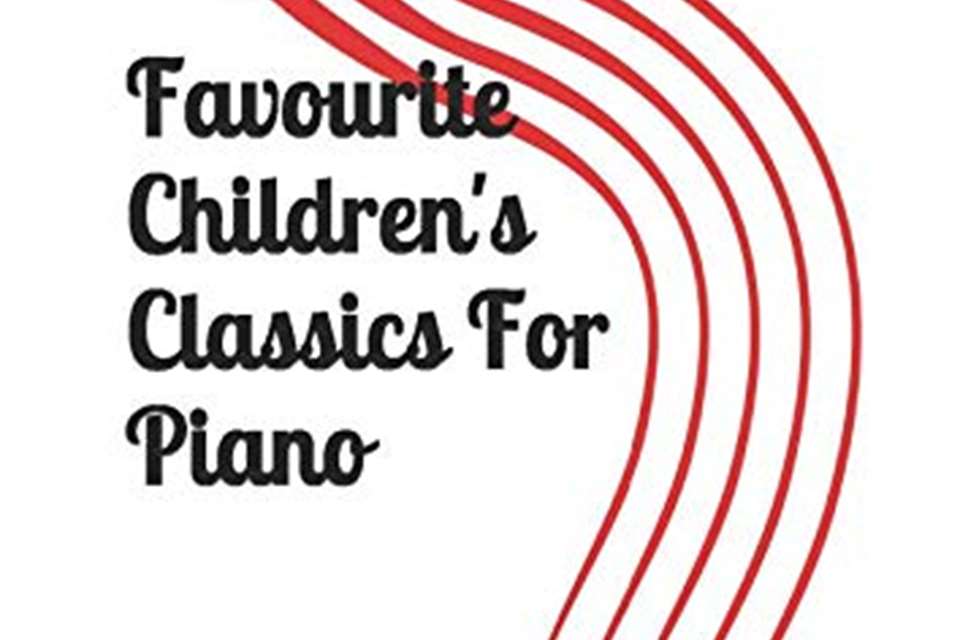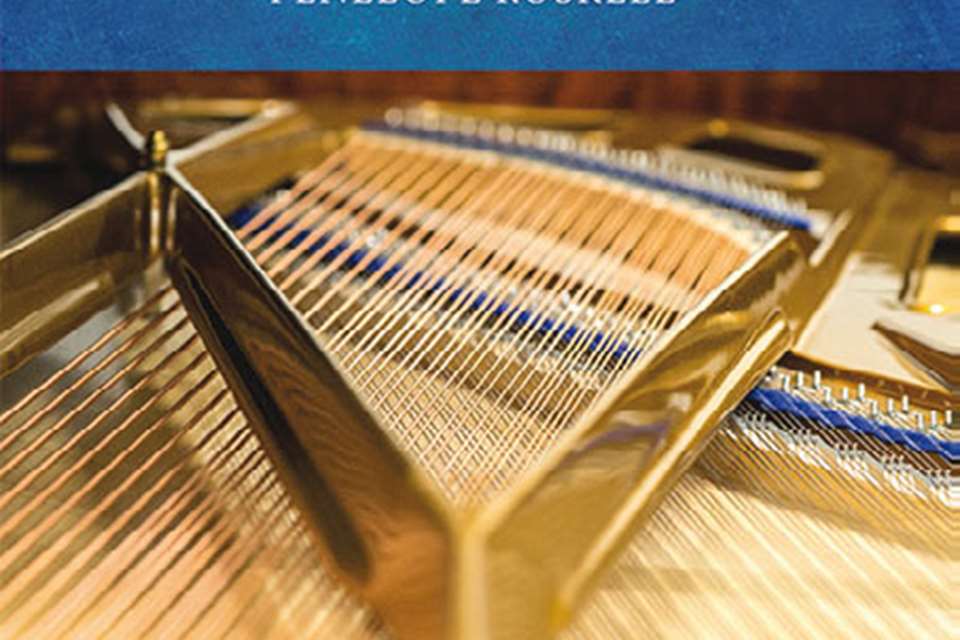Sheet Music Reviews: YolanDa Brown's Collections
Michael Pearce
Wednesday, December 1, 2021
Michael Pearce reviews the four books in YolanDa Brown's new sheet music collection of 'Inspirational works by Black composers'.
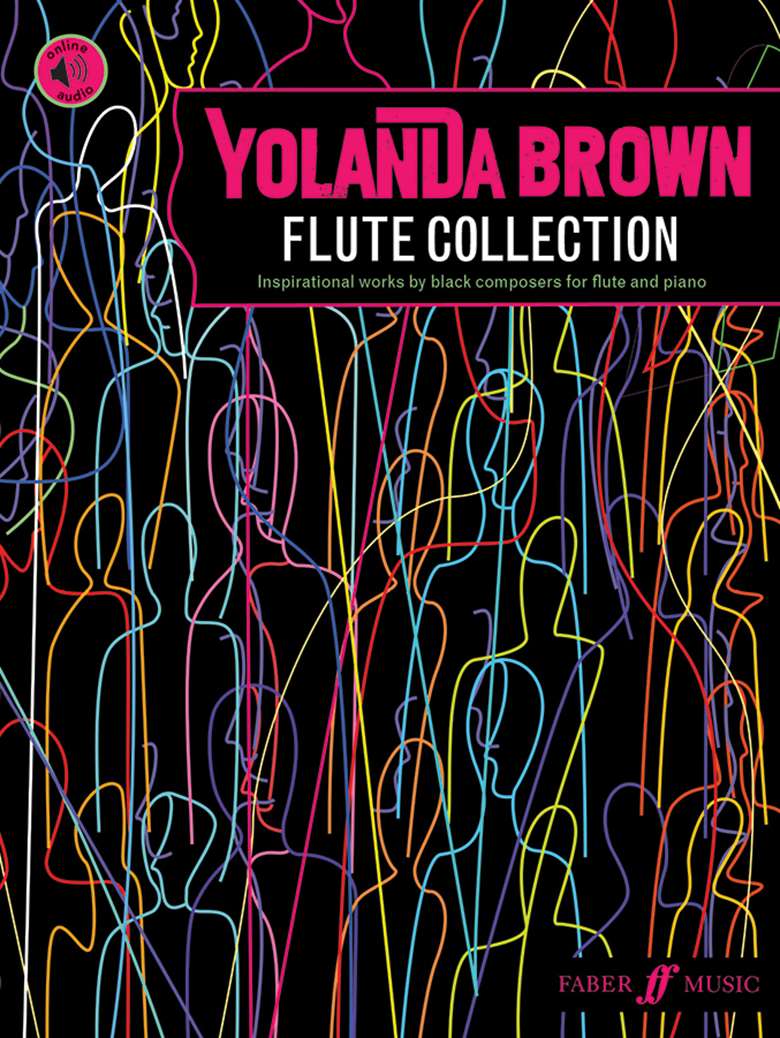
This new series of books from saxophonist and broadcaster YolanDa Brown marks her first venture into the sheet music marketplace. It contains a collection of ‘Inspirational works by Black composers’ selected and edited by Brown, with books available for flute, clarinet, alto saxophone and tenor saxophone. Each is supplied with piano accompaniment, and backing tracks can also be downloaded via Faber's website. The four different instrument books contain the same 11 pieces, with solo parts suitable for intermediate-level players.
The subtitle of the book suggests that it might be part of the increasingly sector-wide effort to promote the visibility of music by black and ethnically diverse composers, although Brown doesn't explicitly mention this in her page-long introduction to the book. For better or worse, the term ‘composer’ is also widely synonymous with the Western Classical tradition, so it might surprise some to open the book and see music by the likes of Otis Reading, Celeste, Fela Kuti, Stormzy, and Count Bassie. Musical styles range from jazz and soul to reggae, gospel and afrobeat, and there is no ‘classical’ music in the broadest sense.
In her introduction, Brown focuses on the joy and freedom that comes with putting your own stamp on a piece of music. ‘I love listening to different versions of the same song,’ she writes. ‘My playlists are full of different artists playing the same piece of music, yet they all have their own identity. You may have heard a song many times, played by hundreds of different musicians, yet there is an excitement that comes from adding your uniqueness to it – your own magic.’ She also emphasises the importance of listening to the original versions of the pieces and expressing the sentiment behind them, both in her introduction as well as the short commentary notes that appear at the top of each piece. Although just a few lines each, these notes cram in some great nuggets of information, from describing a song's character to playing tips and further listening recommendations. A QR code is also printed at the front of the book, linking to a Spotify playlist that includes original versions of all the pieces; two of the pieces – Misty and I Wish I Knew How It Would Feel To Be Free – appear twice in vocal and instrumental versions.
Listening to pieces you're playing is sound advice for all musicians, but especially for the intermediate player who this collection is pitched at. However, it's important to remember that much of the music has been transposed to suit players at this level – across the four instrument books, the key signatures only go up to three sharps or four flats, with most songs having fewer. Transposing keys is standard practice in beginner or intermediate books, but teachers might want to explain this to students to avoid any confusion if they follow Brown's advice to listen to the original versions and then play the notes in the book, which are likely to be in a different key.
The backing tracks are well-produced and can be easily downloaded via Faber's website. Unlike many publishers, you don't have to register for an account or sign up to multiple mailings lists before you actually get to the downloads. Once downloaded, the backing files are labelled by the name of the song and key of the backings. This is not an issue for flautists, but single-reed teachers might want to mention this to students in case they get confused as to why the key of the backings doesn't correspond with the key of their parts. In addition to the instrumental backings, a performance including the solo parts would also be a useful learning aid so students can hear exactly how their part fits with the backing track.
For me, the main achievement of this book is that it captures something of Brown's exuberant and infectious personality, which comes across in both the written text and choice of music. Plus, it offers a great gateway for the intermediate player to explore a range of musical styles, many of which you'll struggle to find in exam books or sheet music albums pitched at players of this level.




